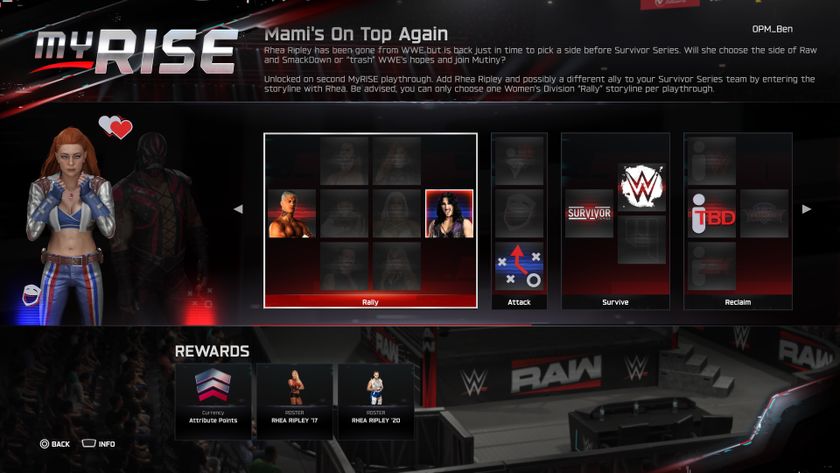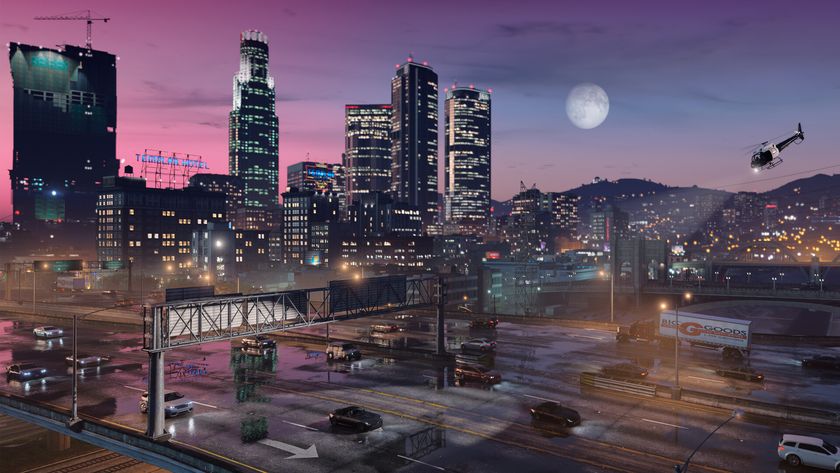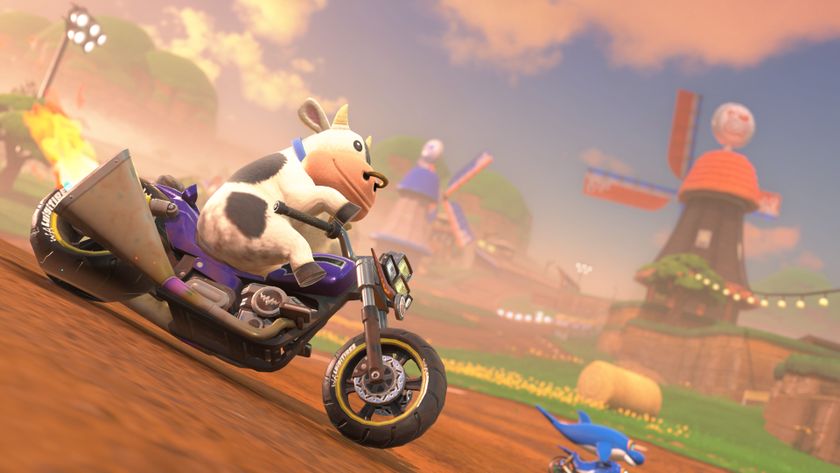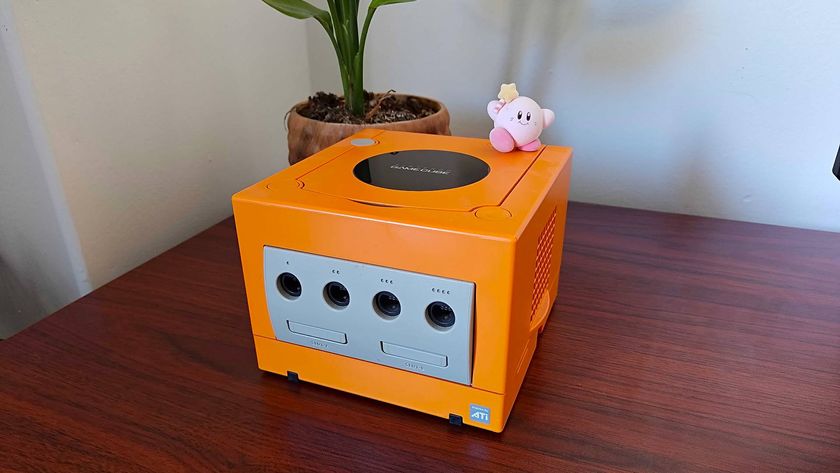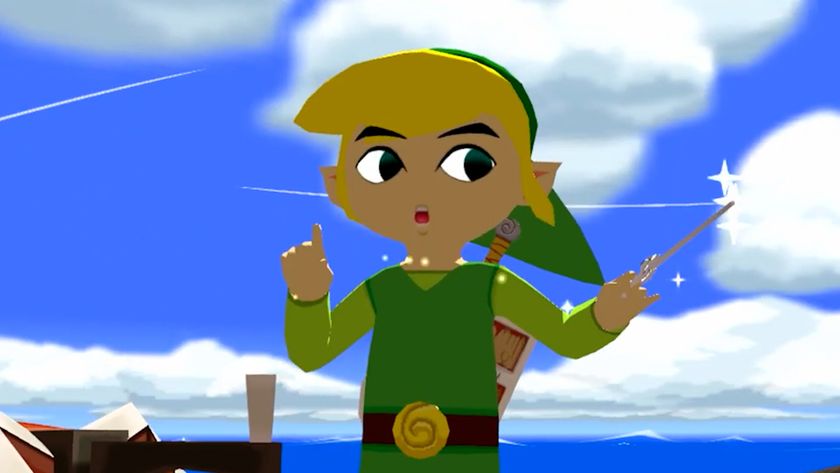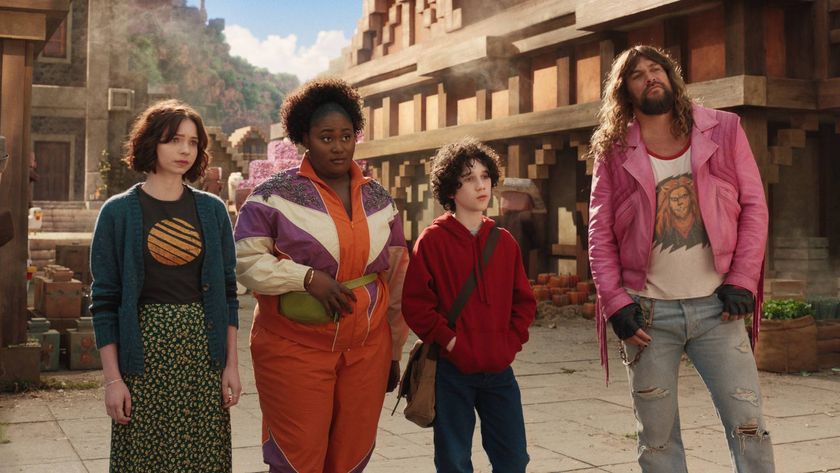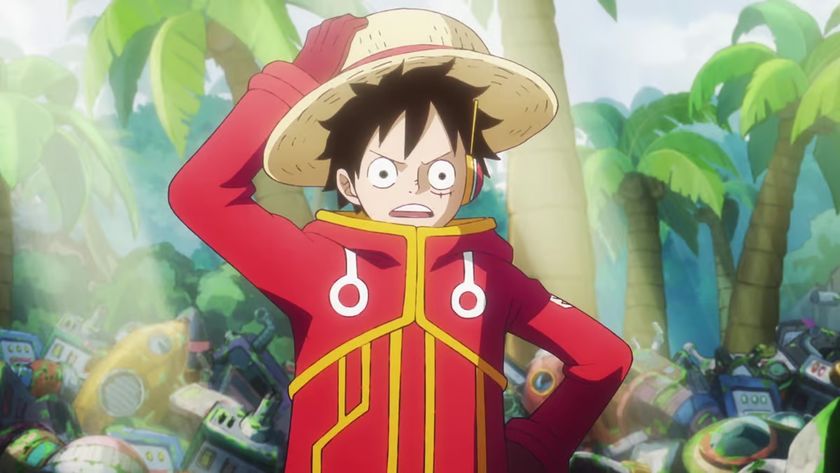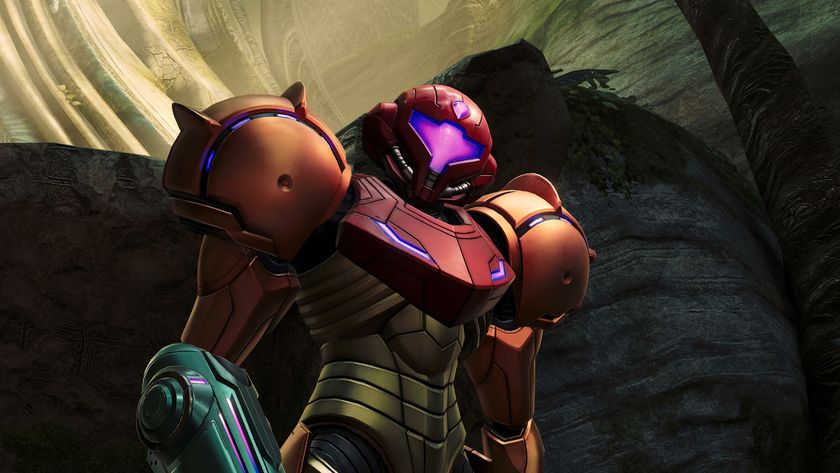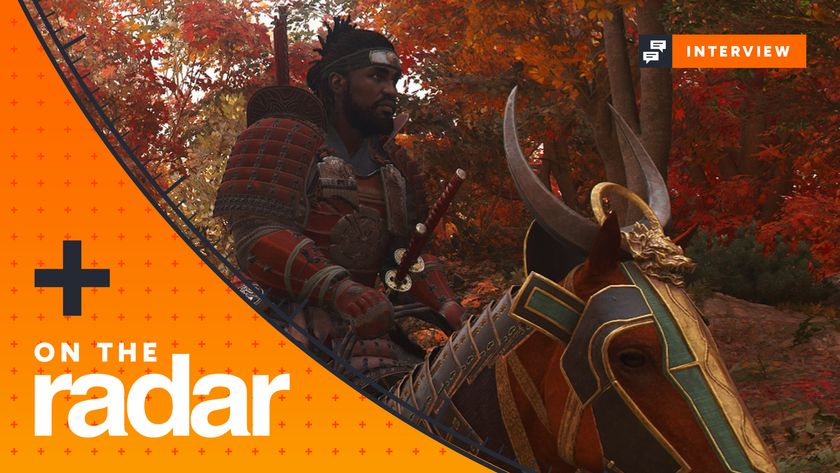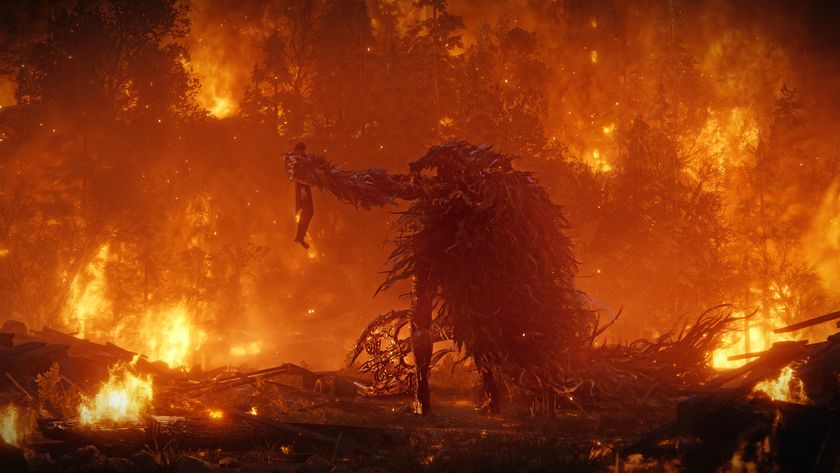Old games that felt next-gen
The hardware was never meant to do it... but it did
Envelopes have never been so pushed

At the beginning of every new generation, gamers are itching to experience the kind of gameplay that can only be achieved with the new hardware grunt. Admittedly, it's not so much of a leap this time around as the PS3/Xbox 360 generation was so good. But every other generation launch has seen a substantial leap.
And that's when some developers manage the impossible. They force outgoing hardware to achieve the unthinkable and allow next-generation gameplay on a current-gen machine. It's very rare, but it happens. These are the games that became more than the sum of their parts. Prepare to be impressed...
Virtua Racing (Mega Drive/Genesis, 1994)
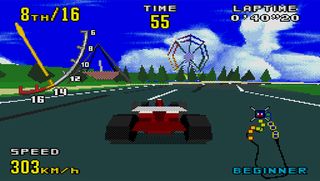
Imagine the most exciting thing you can think of. Maybe the greatest rollercoaster youve ever been on, or perhaps 1960s Diana Rigg in something tight and leathery. No, not a size 3 shoe. Got something in mind? Good. Well, thats how exciting polygon graphics were in 1993. No, Im not exaggerating.
But while arcade games had loads of polygons, home consoles had been putting up with a few, jerky, ultimately crap ones. Like LHX Attack Chopper. So Sega made the SVP chip (to combat Nintendos Super FX chip) and brought arcade smash Virtua Racing right into your home. Yes, it was low in detail and very rough around the edges, but it let you play the arcade game's tracks in your own living room on your own Mega Drive/Genesis, allowing for fast 3D racing gameplay the likes of which would become a staple of the 32-bit generation that soon followed.
Star Fox/Star Wing (SNES, 1993)

But while Virtua Racing was the first lighting-fast polygonal game in the arcades, the console version wasn't the first to bring hot polygon action into the living room. Star Fox introduced SNES' new Super FX chip to gamers, allowing for 3D blasting action the like of which would become a staple of the (then) next-generation.
Despite the Super FX chip, the hardware was still stretched to breaking point, barely managing to run a few hundred polygons at once. But it did it. Oh, how it did it. Before we finish, I'm obliged under section 4.2 of the Gamz Jarnalists' code to type the line "DO A BARREL ROLL". So there it is.
Doom (SNES, 1996)
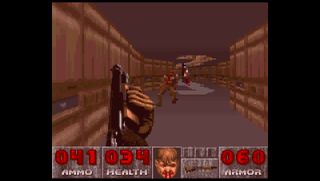
Sure, SNES needed an enhanced Super FX chip (cheerfully dubbed Super FX 2) to render actual, real Doom on a SNES screen, plus it was low-res, letterboxed and jerky. But it was Doom on a SNES.
Sign up to the GamesRadar+ Newsletter
Weekly digests, tales from the communities you love, and more
It doesnt look like much now, does it? But the simple fact is Doom was a terrifying experience that made the gamers of the mid-1990s scream like little girls and lean their stupid heads left and right trying to see around the corners on the flat TV screen. The 3D was just that convincing. And not only was it next-gen gaming on the then old-gen, it was even a better translation than the Saturns. So... better than next-gen. Yup.
Zero Tolerance (Mega Drive/Genesis, 1994)
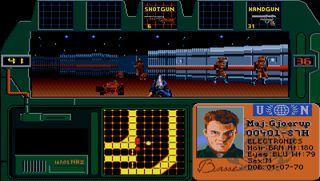
When SNES used the Super FX chip to run Doom in something resembling the fidelity of a 486, Sega had Zero Tolerance for that situation. See what I did there? Ah suit yourself. Well, anyway, Zero Tolerance didnt use any fancy chips or what-have-you, yet still managed to provide a real first-person shooting experience very much like Doom.
Admittedly, there is no detail in the floor. Or the ceiling. And the gameplay window is absolutely tiny. But nonetheless, all the gameplay of Saturn and PlayStations sprites-over-3D FPS offerings was right there to enjoy if you were stuck with early-1990s hardware.
LittleBigPlanet (PSP, 2009)
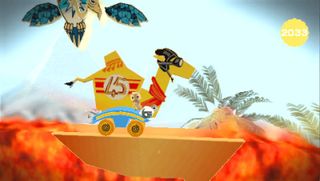
PSP is not quite as powerful as a PS2, right? So how is it running its own version of PS3 classic LittleBigPlanet with the creation tools and physics intact? I dont understand. Yet it comes from a time when PSP was replicating all manner of PS3 experiences, namely Motorstorm, Assassins Creed and Gran Turismo. Insanity.
It was Sony trying to demonstrate that PSP did have its full backing and it did have games. It didnt work in terms of reviving its image in the eyes of the core gaming audience, but it did result in some incredible punching-above-its-weight software. And that should be recognised and applauded.
Red Zone (Mega Drive/Genesis, 1994)
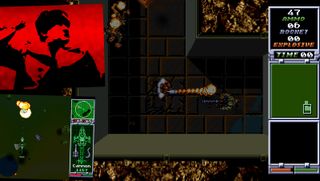
Be honest, you dont know what Red Zone is, do you? It is a late-era Mega Drive game that looks for all the world like a PSone offering. For starters, its got a full-screen FMV intro. It uses two colours, yes, but you can tell its a dictator-type ranting through that blood-red silhouette.
But its also got 3D walls in that top-down gameplay. Incredible background rotation in the chopper sections. It may not have set the world alight, but it did things nobody else was doing at least not until next-gen.
James Pond 2: Robocod (Master System, 1993)
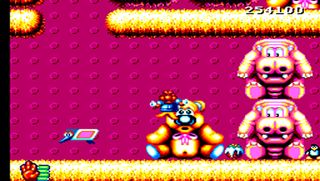
Technically, the advent of 8-bit James Pond 2 was way, way after the next-generation of consoles had arrived. But theres no denying it did everything that the 16-bit hardware had done so impressively a couple of years earlier. Not least parallax scrolling.
Because parallax scrolling was the thing that 16-bit consoles did that 8-bit consoles didnt. Not in free-moving gameplay. So quite how James Pond managed it, Ill never know. Perhaps it was the inclusion of that black bar on the left of the screen. makes all the difference. Still didnt make the game any fun, mind.
Quake 3 Arena (Dreamcast, 2000)
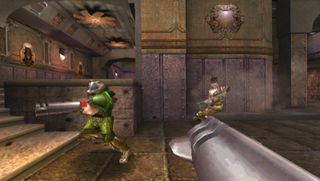
While technically both 6th-generation consoles, Dreamcast and Xbox never shared retail shelves. And besides, Xbox Live evolved into what we know today years later. But if you wanted the smooth, online, console FPS action of the future at Christmas 2000, you could do it. With a Dreamcast and Quake 3 Arena.
I did it. I asked my parents for a Dreamcast mouse and Quake III for Christmas and took it online using Europes phenomenal 33.3kb dial-up modem. And what a treat it was. The game seemed to run exactly like it did offline. That netcode was a masterpiece, eliminating the input lag of games like ChuChu Rocket and making the multiplayer move and feel like the offline mode. Long live Quake 3.
Donkey Kong Country (and its first sequel) (SNES, 1994/5)
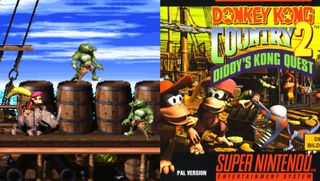
Hard to imagine that a generation that kicked off with the likes of Altered Beast would end up with graphics like this. Silky-smooth animations, thousands of colours and CG-rendered characters. Thats what Donkey Kong Country provided as early as 1994.
For a brief time, it held the honour of being the best-looking game ever made. But even after next-gen came along, incredibly, it still held up. It couldnt match the freedom of 3D gaming, of course, but in terms of 2D graphics, it was easily as good as anything the next-gen machines chucked out, making Nintendo fans wait for N64 much more bearable. In fact, when its sequel (pictured) was first shown, journos mistook it for being the first N64 game. Its not hard to see why.
V-Rally 3 (GBA, 2002)

GBA was basically a handheld SNES. Right? So how on Earth is it running what looks for all the world like a PlayStation game? Its even got two viewpoints. A texture-mapped polygonal 3D track environment. Spinning 3D helmets on the menu screens.
The hardware simply has no right to be doing this. Sure Tony Hawks Pro Skater 2 had a little gouraud-shaded 3D dude in the middle of the screen, but this is a full 3D environment! Crazy. It even played well. Of course, DS made this sort of thing easy to find on a handheld, but until then, this reigned supreme.
AH-3 Thunderstrike/Thunderhawk (Sega CD/Mega CD, 1993)
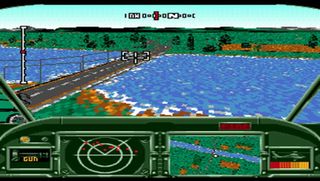
The saviour of the Mega-CD is here! proclaimed the magazines. They were wrong. But Thunderhawk did offer 32-bit style combat flight in a 3D environment long before the likes of Thunderhawk 2 did it for real on the next-generation.
OK, so it uses sprites instead of polygons for its tanks, choppers and even canyon sides, but the effect works. And, crucially, its fast and fluid in motion. Mega-CD didnt succeed because it failed to live up to its potential most of the time. This was not most of the time.
Resident Evil Outbreak (PS2, 2003)

Annoyingly, us Europeans didn't get the network functionality for Resi Outbreak. I say 'annoyingly'--it's not like we actually had the ability to play online. Even if we had a network adaptor, a broadband connection and the inclination to play online, we wouldn't have had any friends meeting the same criteria to actually play it with. Nobody did. Unless they had an Xbox, of course, where there was a growing online community.
Our loss! Outbreak featured online four-player co-op as everyone tried to stay alive in a city full of zombies. Know what that is folks? Horde mode. Years before Horde Mode became a thing. So those who did experience Resi Outbreak got a massive mouthful of next-gen gaming. Probably didn't even realise. Probably too busy shooting zombies in the head. See? Just like we've been doing for the past 7 years.
"Wait, you forgot about..."
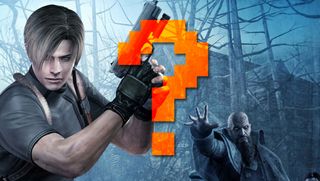
Yes, I know Resi 4 isn't on the list. Certainly, its gameplay is exactly like 90% of all Xbox 360/PS3 games (slight exaggeration, but only slightly), but that's because they all copied it. Resi 4 was very much a game of its own generation, just a really good one. Same with Metal Gear Solid 2. But besides those examples, I must have missed a good 'un. So tell me in the comments and feel smug. Go on, you'll enjoy it. This is the internet, after all.
And if you're looking for more, check out The best handheld conversions of all time and Retro games are starting to feel REALLY old.
Justin was a GamesRadar staffer for 10 years but is now a freelancer, musician and videographer. He's big on retro, Sega and racing games (especially retro Sega racing games) and currently also writes for Play Magazine, Traxion.gg, PC Gamer and TopTenReviews, as well as running his own YouTube channel. Having learned to love all platforms equally after Sega left the hardware industry (sniff), his favourite games include Christmas NiGHTS into Dreams, Zelda BotW, Sea of Thieves, Sega Rally Championship and Treasure Island Dizzy.



